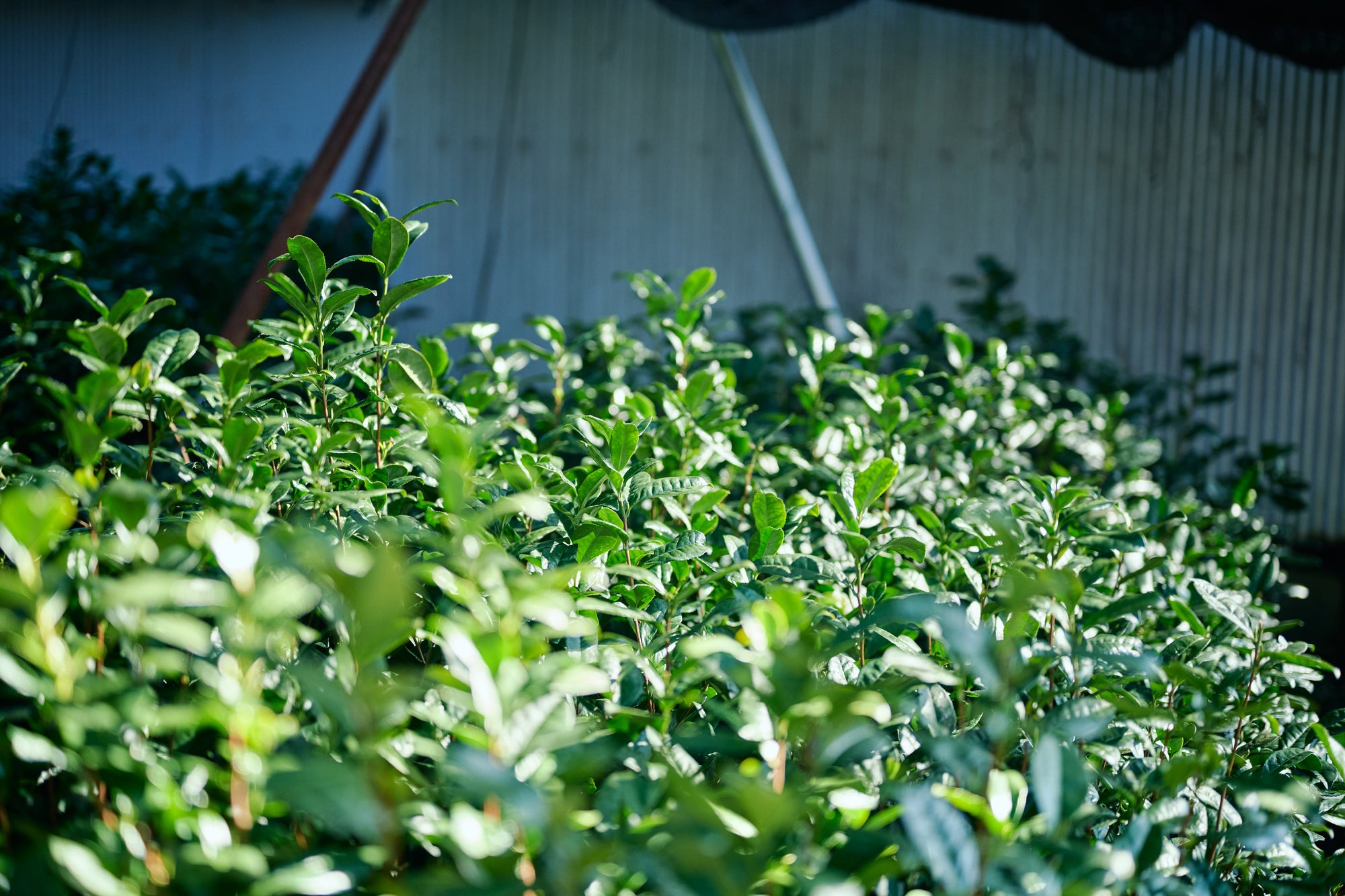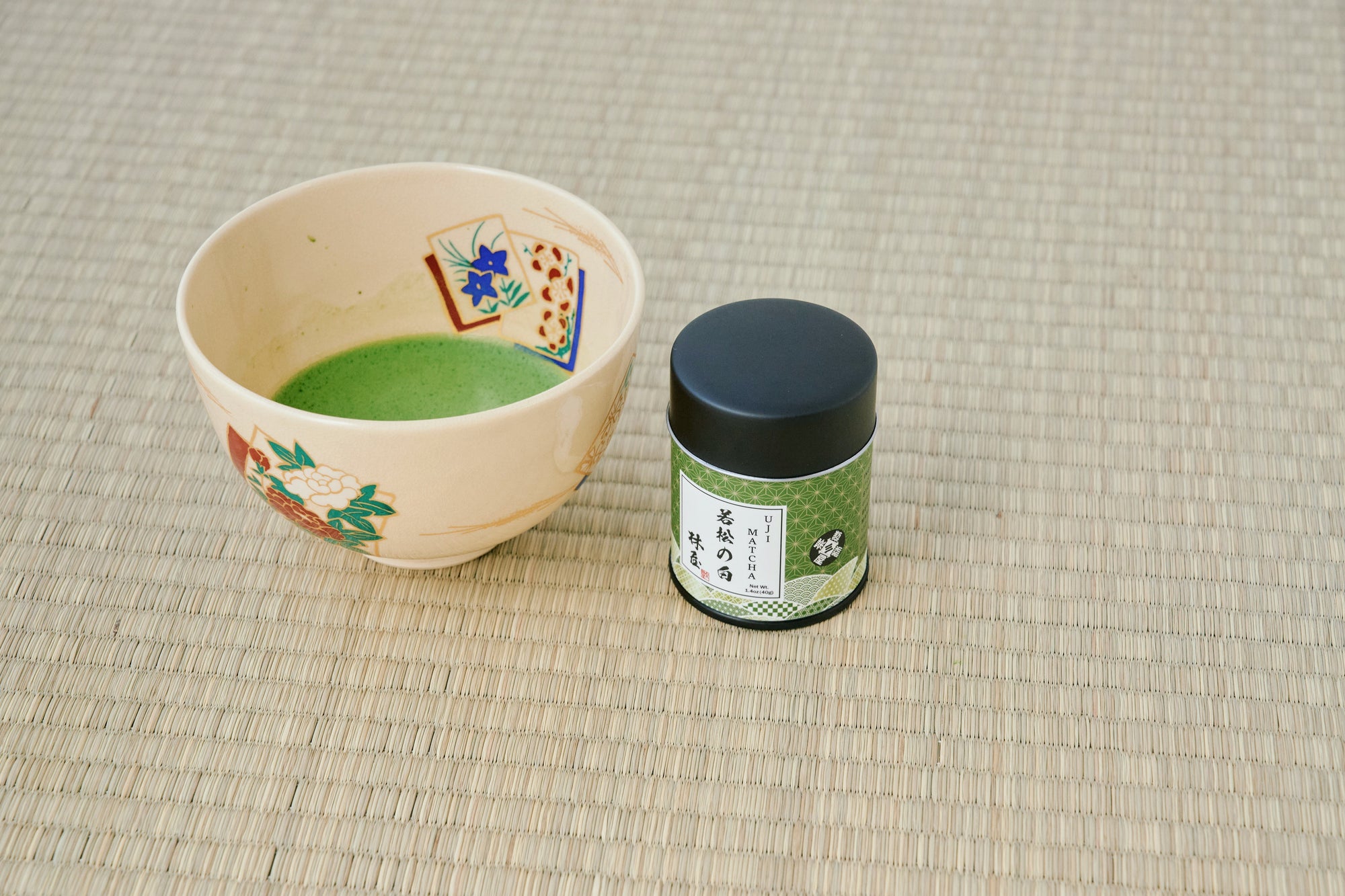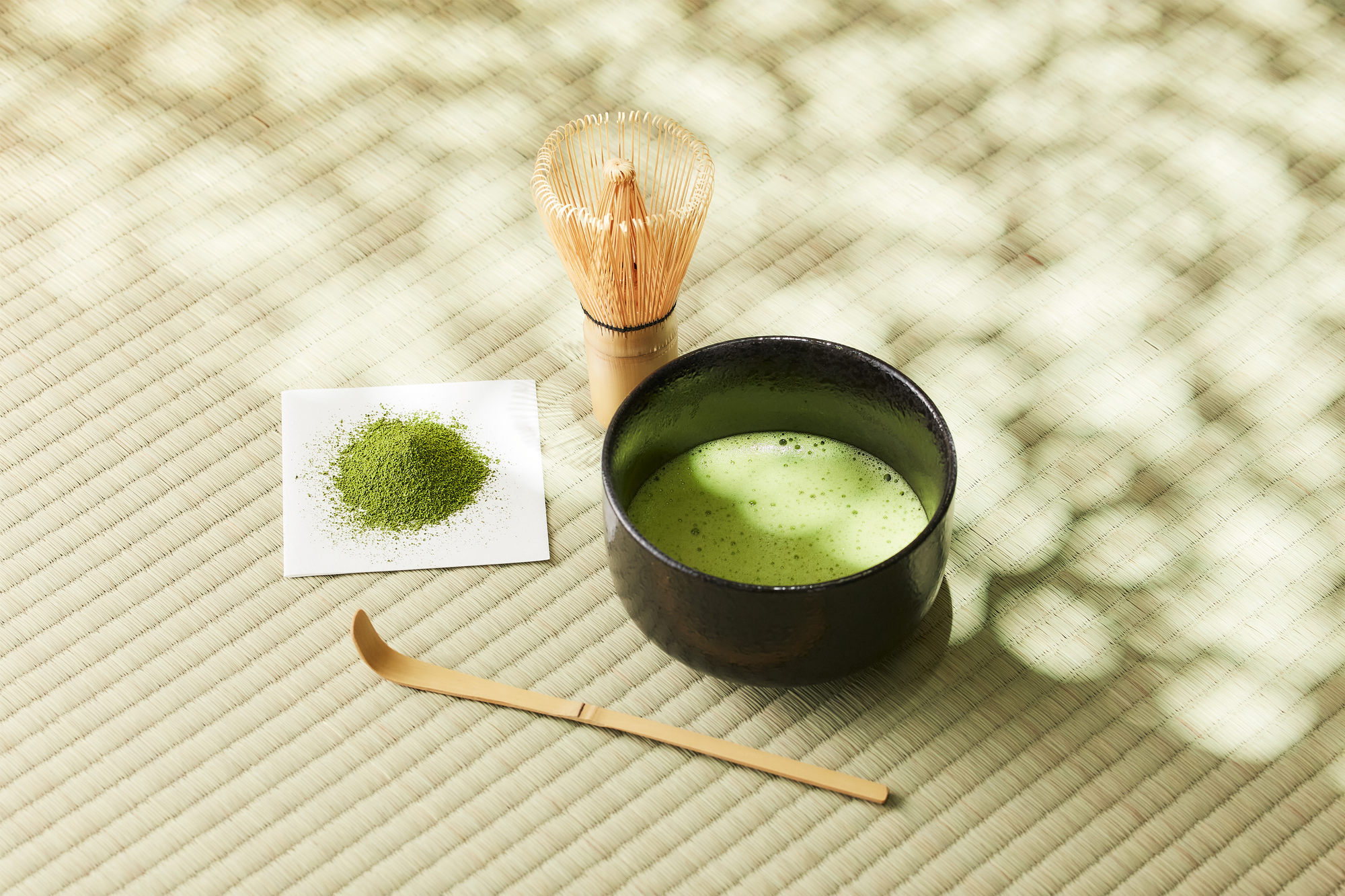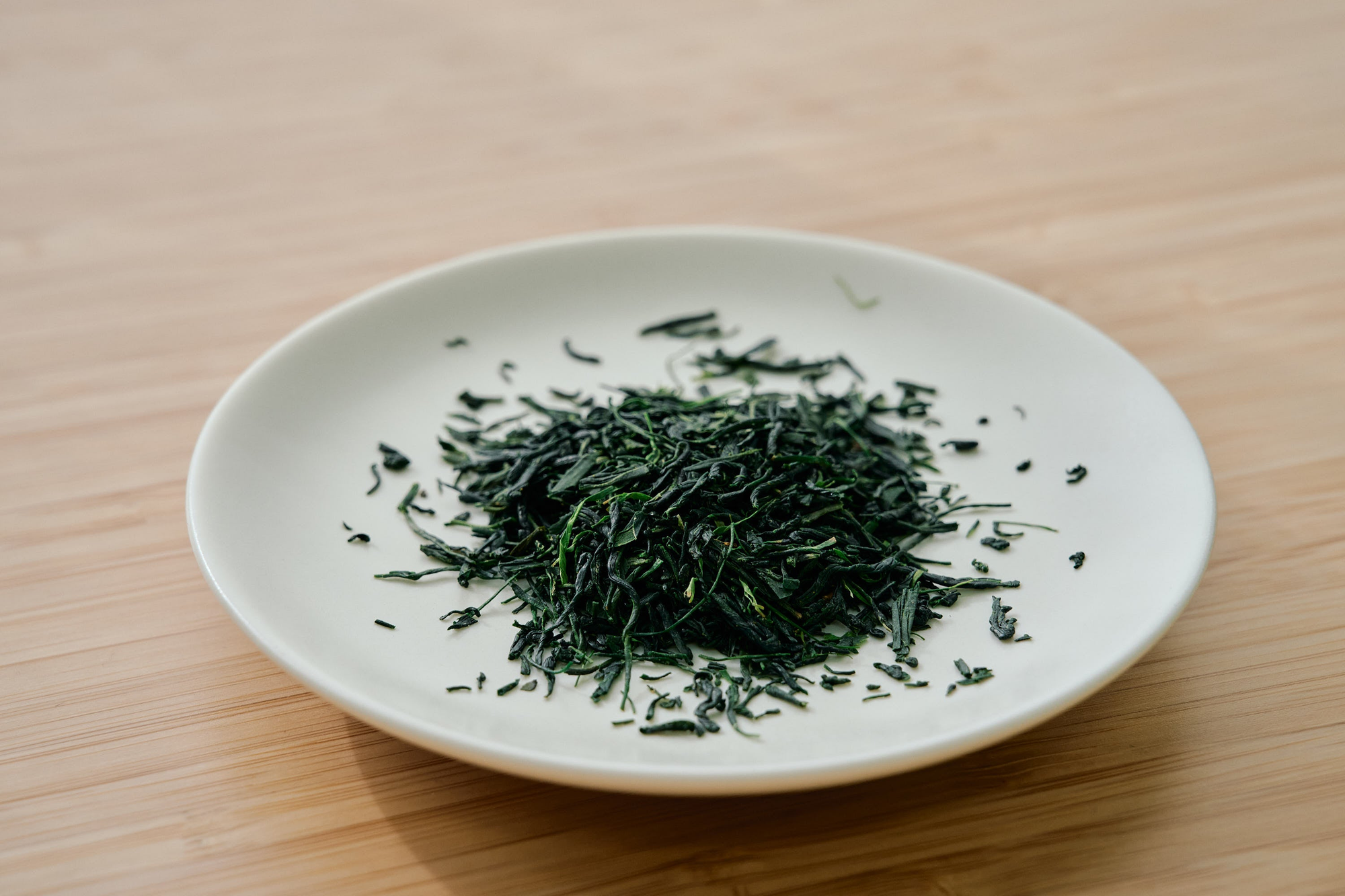Introduction to Matcha: Understanding the Basics
Matcha, a traditional Japanese green tea, has gained worldwide popularity. However, its reality is often different from what many people imagine. Having been involved in tea sales for many years, we aim to shed light on the true definition, production realities, and challenges facing matcha today.
What is Matcha? Traditional vs. Modern Interpretations
Traditionally, matcha refers to powdered tea made from tea leaves grown under shade and ground using a stone mill. While it is often associated with high-quality tea used in tea ceremonies, the actual usage in tea ceremonies is estimated to be less than 1% of the total matcha consumption in Japan.
Matcha Production: Facts and Figures
In 2018, Japan's matcha production was estimated at around 7,000 tons.
However, the production of tencha, the raw material for matcha, was only 3,660 tons.
This means that about 60% of the "matcha" on the market is not traditional matcha.
Key Quality Factors of Authentic Matcha
I propose three key elements that determine the quality of true matcha:
"Ooi-ka" (Shade Aroma): The unique aroma and umami created by shade-grown cultivation.
"Ro-ka" (Roasting Aroma): The aroma produced during the roasting process in a special furnace.
"Usu-ka" (Mill Aroma): The aroma created by grinding with a stone mill.
Modern Challenges in the Matcha Industry
The definition of matcha has become ambiguous, particularly regarding the use of grinding machines.
Products labeled as "processed matcha" or "food-grade matcha" are often sold simply as "matcha."
Consumers find it challenging to distinguish between genuine matcha and other products.
The History and Evolution of Matcha
Matcha has a history of about 800 years, but the term "matcha" as a product name has only been used relatively recently. In the past, consumers would grind tencha leaves themselves using a stone mill. Understanding this historical background is essential for considering the modern issues surrounding matcha.
Preserving the True Essence of Matcha
Matcha is not just a beverage but a culmination of Japanese culture and craftsmanship. I believe that defining matcha as "shade-grown cultivation," "tencha furnace production," and "stone mill grinding" can preserve its quality and cultural value. It is also crucial to clearly distinguish between "matcha" and "processed matcha products" and provide accurate information to consumers.
Consumer Guide: How to Choose High-Quality Matcha
- When purchasing matcha, check the raw materials and production methods.
- High-quality matcha is vibrant green and has a rich aroma.
- Experiencing genuine matcha allows you to appreciate the depth of Japanese tea culture.
Our shop offers high-quality matcha made using traditional methods. Enjoy the essence of Japanese tea culture in your home.




